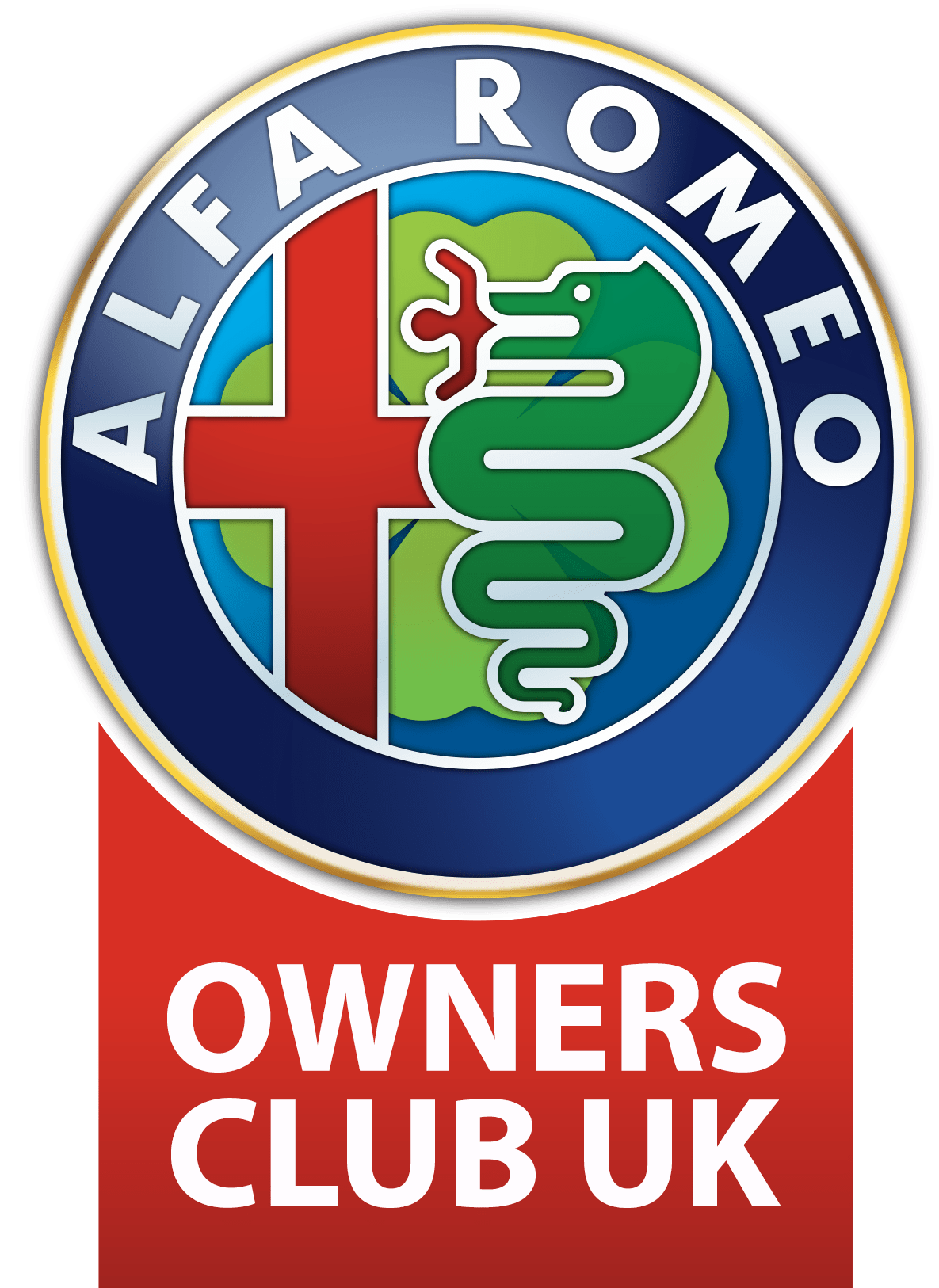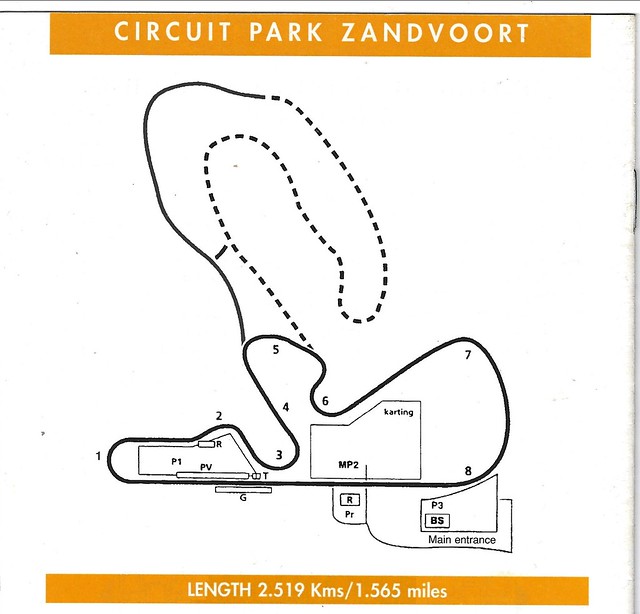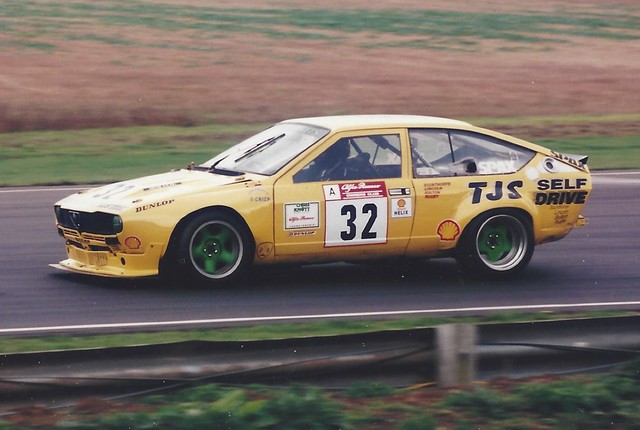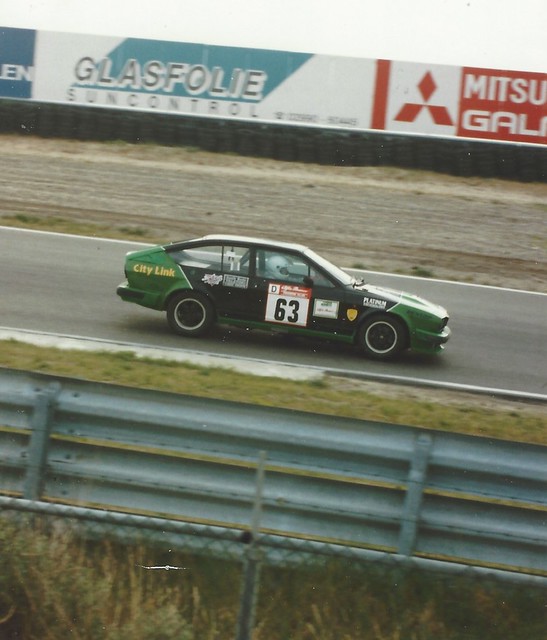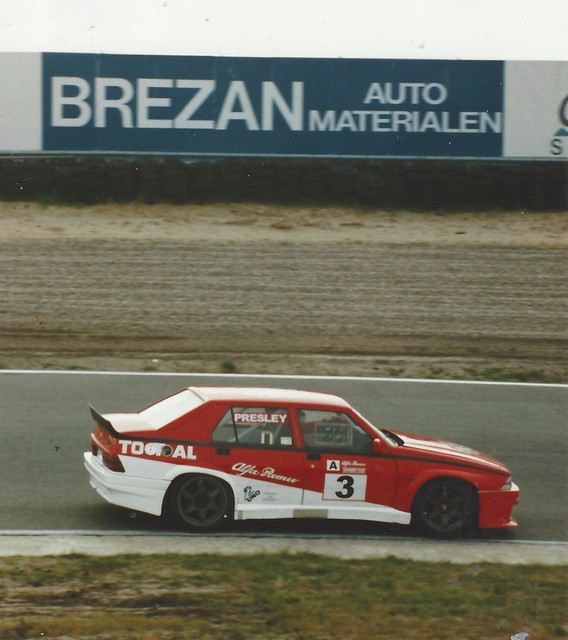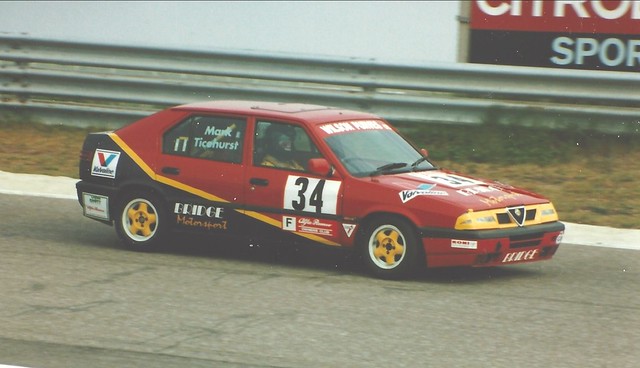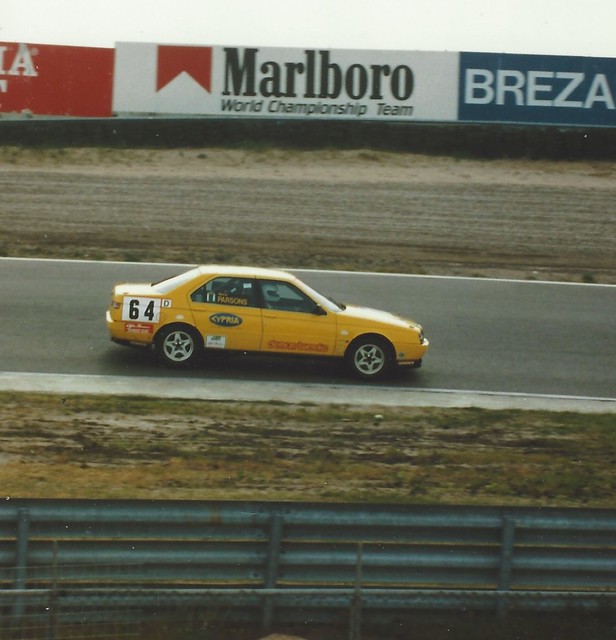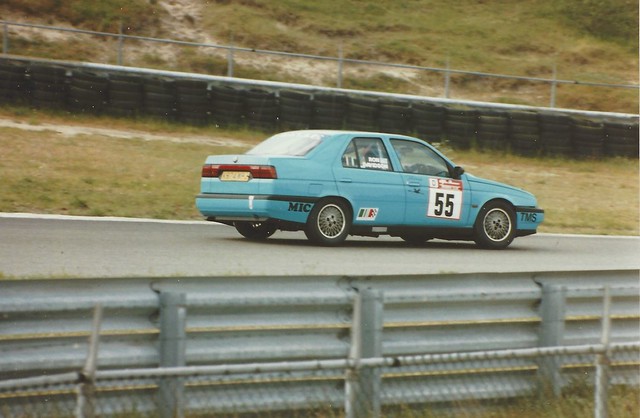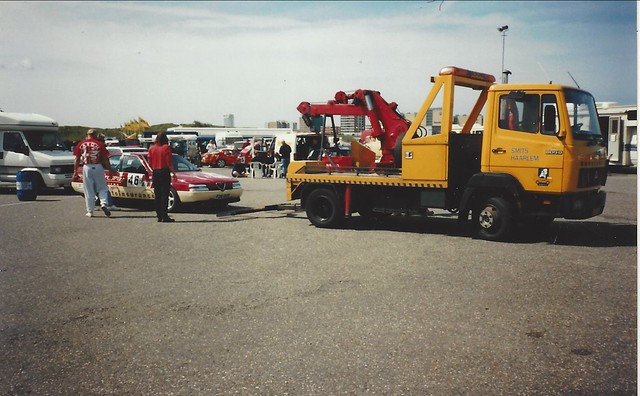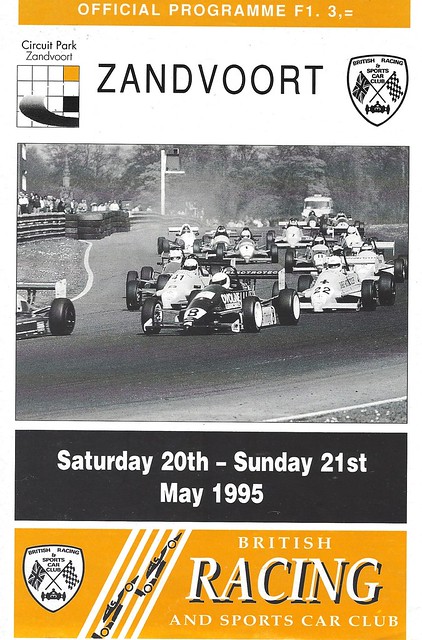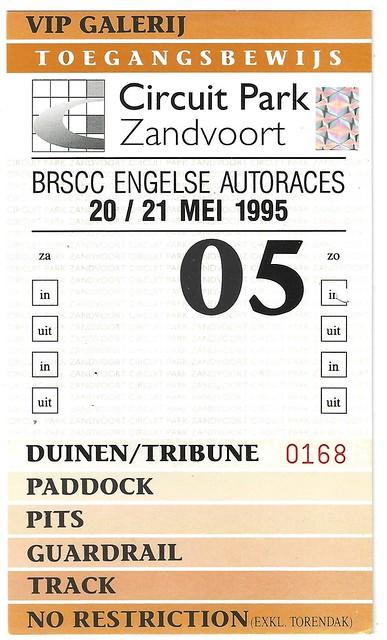It is always said that sport and politics should not mix but in the light of the horrendous events in Ukraine, it is impossible to ignore the possible repercussions for motor sport in the future.
For one thing there is the availability and increasing cost of the fossil fuels that power our cars and all the inflation busting prices of associated items that are required to keep the show on the road. In the short term however, the anticipation of a new season has been enough to make the opening grids pretty full, starting this coming weekend at Silverstone with Britcar. Formula 1 goes on its usual unaffected way although the cancellation of the Russian Grand Prix contract will mean that a replacement has to be sought and we may see a popular circuit from the past, such as Jerez, return.
FORMULA 1 TESTING UNDERWAY IN BAHRAIN

There was a common complaint after the first three days at Barcelona – the new breed of F1 cars are not very comfortable to drive because of a tendency to porpoise at speed on the straights. Alfa Romeo, which did not have a very easy three days anyway, were not immune and neither Valtteri Bottas or newcomer to F1, Guanyu Zhou were able to complete as many laps as hoped. However, we did see the new livery on the Alfa C42 and it looked smart. So, testing phase two, three days at Bahrain’s Sakhir circuit is vital in preparation for the first Grand Prix of the season later in the month. This is not only true for Alfa and it has been interesting to see that ways in which the new technical regulations have been interpreted. Aerodynamics in this new ground effect era are key and Mercedes have already stirred the pot with their sidepodless design. Whether it is legal remains to be seen but they say that the FIA have been involved all the way. For my money, the new Ferrari looks the most effective package and it is certainly quick straight out of the box.

On the first day of Bahrain testing, the Alfa C42 looked a strong midfield runner, Bottas ending 7th quickest just 1.5” off the fastest time set by Pierre Gasly’s Honda powered Alfatauri. However, it is amazing how relatively slow the cars are as compared with a test a year ago. They are heavier (795kg) and the 18” Pirelli tyres have yet to give up their secrets perhaps. Sebastian Vettel described his Aston Martin in the slow corners as like “driving a lorry”. As we go to press, Bottas is keeping up the good work at Alfa and seems to be settling into the team well, he and Zhou already having a good relationship.
THE MESSENGERS AT TOLEMAN PARTY
Dave Messenger sent me an interesting e-mail and photographs the other day –

“Dad and I were invited to a gathering of old Toleman F1 cars and employees yesterday (2nd March) at Brands Hatch. Sky F1 were filming a short documentary on the F1 team. Martin Brundle was driving/directing with ex Toleman drivers Derek Warwick and Brian Henton also present and driving. It was a good day and the rain just about held back. Interesting watching Martin Brundle – far from just a presenter, organising camera men, what shots he wanted etc.

Dad enjoyed meeting old colleagues again, the car owners asking him technical questions on the parts he had made and if he would come out of retirement and make some more for spares! When he was working for the Toleman team he didn’t think much of the work he was doing – “it was just a job” – but now the cars have become a part of motor racing history, he’s quite proud of the work. Funny how things work out!”

OUR LAST CHAMPIONSHIP VISIT TO ZANDVOORT
The news from Andy Robinson that we had received an invitation to take the Alfa Championship to Zandvoort in July to join the Dutch Alfa Club reminded me of the time we went there in 1995 with the BRSCC. It was our first visit abroad and much anticipated. I thought it might be interesting to delve back into the archives to look at the report and I wrote for the AROC magazine and I hope you enjoy the update.
Rounds 5 & 6. Zandvoort – Saturday/Sunday, May 20/21
Ever since the BRSCC started to use Zandvoort, scene of the Dutch Grand Prix over so many years, we have been trying to have the Alfa Championship included in the programme. In 1995 we were successful and 26 cars made the trip, including most of the series front runners, assembling at the venue set in the sand dunes not far from Amsterdam and The Hague.

Of the course the Zandvoort we saw then was not quite the same circuit that John Huhenholz designed just after the war and which held its first meeting in 1949 with Prince Bira the winner of the main event in a Maserati after a tense battle with the ex Bimotore Alfa Romeo of Tony Rolt, The length then was 2.64 miles whereas in 1995 it was a mere 1.56 miles, the new track cutting off right after the hill that follows the Hugenholz hairpin behind the pits and re-joining via a fast sweeping bend halfway down the old finishing straight. However, the old and much loved Tarzan Hairpin was still there, as was the imposing grandstand. The last Dutch Grand Prix took place in 1983, proving a 1-2 win for the Ferraris of Rene Arnoux and Patrick Tambay. British clubs have a tradition of organising events at Zandvoort and that very first meeting in 1949 was organised by the British Racing Drivers Club. There were plans to rebuild much of the old circuit and to bring back Grand Prix racing to Holland which could affect the possibility of BRSCC meetings there in the future but, hopefully, the 1995 visit would not be our last.
Various routes were taken by competitors using both long and short sea routes but Diana and I found the mini-cruise of some six hours on the Harwich to Hook of Holland run very relaxing as it was a sunny day and we were able to spend most of the crossing on deck being entertained by a group making their way to a Dutch music festival. Several competitors had chosen to go a day early and had already spent the Friday afternoon getting to know the track before official practice on the Saturday morning.
From the start it was clear that a great battle was on the cards between Graham Presley’s 75 1.8 Turbo, seen for the first time at Cadwell two weeks earlier, and the familiar yellow GTV6 of championship leader Chris Snowdon. They would be separated by just 0.14” at the end of the qualifying session with Chris’s pole time comparing very favourably with the Dutch Trofeo times. Third quickest was the Class C 33 of Richard Sikes followed by the only Class B car present, the Alfasud Ti borrowed by Andy Curtis from Graham Presley. The next four cars were all from Class D and all within 0.7” of each other, led by Martin Parsons’ 164 ahead of Chris Gladwin’s GTV6, a second 164 driven by Jane Cheffings and the GTV6 of Gavin Watson. A race so far from home would seem an unusual place to take a car for its debut but that is what Ron Davidson had chosen to do with his 155, newly built to exciting Q4 specification for Class D by Mike Buckler. It quickly became clear that the minimum weight of 1300kg required in the regulations made the car too heavy and it was disturbing to think of the frighteningly heavy rolls of lead required to make the car legal coming loose! Ron was also having to get used to four wheel drive.
Class F made up the bulk of the entry with 12 cars, Mark Ticehurst comfortably ahead (and not having to worry about the usual competition from Mark James who had not made the trip) followed by Peter Healey (33) and the Alfasud Sprint of Keith Fawdington. Paul Buckley and Sam Laird’s 75s were fastest of a trio of Class E cars while Chris Taylor was having fun in his usual spectacular style with the 1750 Berlina.
Interesting sidelines on the organisation at Zandvoort were the timing equipment and the “intervention” vehicles. The former required that every car was fitted with its own transponder and the whole business was carried out by just two people with almost instant information available (100% normality today). The Dutch marshals seem to operate independently of race control and drivers were warned that an “intervention” vehicle might appear on the track at any time without warning should an incident occur and one such happened in the modified Ford race on the pit straight which even had the normally unflappable John Nicol gasping!
The first of two races over the weekend took place on the Saturday afternoon and was to be a 10 lapper and we were all eager to see if the straightline speed of Graham Presley’s 75 could overcome the batter handling of Chris Snowdon’s GTV6. From the start, Chris held the advantage but as Graham acclimatised himself to the car he started to mount a serious challenge on the pit straight, actually passing Chris at the end of lap 5 before the latter was able to take a tighter and better line into the Tarzan hairpin. A momentary “whoopsee” out of our sight gave Chris the breathing space he needed and he was able to cross the finish line 3.37” ahead at the end of 13 minutes (!) racing. Behind the leaders, Richard Sikes established himself in third spot ahead of Andy Curtis while a superb start by Chris Gladwin had put him in command of Class D from Martin Parsons and Jane Cheffings, while a fuming Gavin Watson was stuck behind a class C 33, seeing his chances of a class win disappear. Martin Parsons managed to take the class lead and by dint of some hard driving, Gavin managed to get within half a second of Chris Gladwin by the finish. Unlucky was Jane Cheffings, who had been third in Class D until lap 4 when she spun off the track and although she didn’t hit anything or get stuck she had, unknown to her, got some gravel under the cambelt. A precautionary stop revealed nothing but continuing soon did and her racing for the weekend was quickly over with a blown engine. Expensive! Apart from Mark Ticehurst, Classes E & F seemed well matched and it was Paul Buckley who continued his practice form to win Class E from Sam Laird while Peter Healey had a good run to 2nd in F despite the efforts of a charging Dave Ashford (33). Sunday’s race was being canvassed by John Nicol as a possible 18 lapper instead of the original planned 15. This thought sent several competitors to look at their tyres which were taking quite a battering on the abrasive, sandy surface.
Everyone returned refreshed the following morning with tales with social activities or visits to Amsterdam the night before and John Nicol confirmed that the second race would be over 18 laps. The antics of the VW Ventos, which brought out two red flags and much clanging of crashing machinery against the Armco, delayed everything somewhat but eventually the remaining 22 Alfas came to the grid. Chris Snowdon was going to go as hard as he could from the start but Graham Presley was sure that the GTV6’s tyres wouldn’t last and went for a more cautious strategy. From the start, Chris led away and such was his pace that by half distance he had built up a gap that was almost the pit straight. Meanwhile, Andy Curtis had been an early spinner in his Sud after a disagreement with Chris Gladwin’s GTV6. Gavin Watson had made a superb start, the GTV6 passing Martin Parsons’ 164 and latching onto the tail of Richard Sikes, with his Class D quarry Chris Gladwin just ahead. Mark Ticehurst was again in control of Class F but Sam Laird had displaced Paul Buckley, who had made a poor start, in E. Paul spun off and got stuck in the sand. Dave Ashford grabbed 2nd place in F passing Peter Healey with a superb move at Tarzan.
Martin Parsons’ 164 had fallen away from the class leading GTV6s as he was unhappy with his tyres having switched them around after race 1. And what was that strange “tap tapping” noise from Chris Snowdon’s car as it passed the pits. It certainly sounded as if a tyre had lost some tread and the Dunlop crew were certainly worried that it wouldn’t last – as was Chris who had thought at first it was a driveshaft problem. The gap between him and Graham Presley was now visibly diminishing but Chris was as determined as ever and remained 4.3” clear at the end of the final lap. The tyres were not a pretty sight!
Chris Gladwin suffered a fuel pump failure just 6 laps from home but it was a delighted Gavin Watson who took the Class D win and fourth overall behind Richard Sikes Class C 33. Next home were Martin Parsons, Alastair Sames (33) and Class F winner, Mark Ticehurst. Sam Laird was a delighted Class E Winner, giving Avon Racing a second win of the weekend with his 75.
Chris Snowdon was lucky he admitted afterwards. “one more lap…..!! ” said Graham Presley. Zandvoort looked superb on the Sunday with flags flying everywhere and a bit of post race “razzamatazz” that is so lacking at home clubbie race meetings. Almost without exception, everyone thought it has been an excellent and worthwhile trip. The weather had been good, the circuit a challenge, the hospitality excellent and the organisation slick. And the wide pit balcony was a wonderful place to watch the action.
The return journey via The Hook on the night boat was not perhaps as pleasant as the daytime crossing but then I never used to find it easy to sleep on ships, but we were home by 9 o’clock on the Monday morning and looking forward to Snetterton two weeks later.
Of course, since 1995 many Alfa competitors have made their way to Zandvoort for various Dutch run events but for us this was a first, to be followed in due course by trips to Spa, Croix-en-Ternois and the most recent, at Zolder in 2016 Shall we be able to go to Zandvoort again?. Who knows.
(Note: For once our photo archive failed to yield much from Zandvoort. This was pre-digital, so where are the prints? If anyone has anything from that weekend, I would be pleased to see them. However, I was happy to find the post race 2 podium picture with Sam Laird in the foreground, then Andy Curtis,, race winner Chris Snowdon, Richard Siles and Mark Ticehurst. Gavin Watson it seems missed the fun). I found one or two pictures taken out on the circuit but my apologies to those who pictures were taken on other occasions.)
POSTSCRIPT

Chris Finch made an appearance with this 2 litre GTV at Oulton a few years ago. It was plagued with brake problems and was not felt to be competitive. It wasn’t seen again.
Michael Lindsay
Tel: 01223-891219
E-mail: [email protected]



